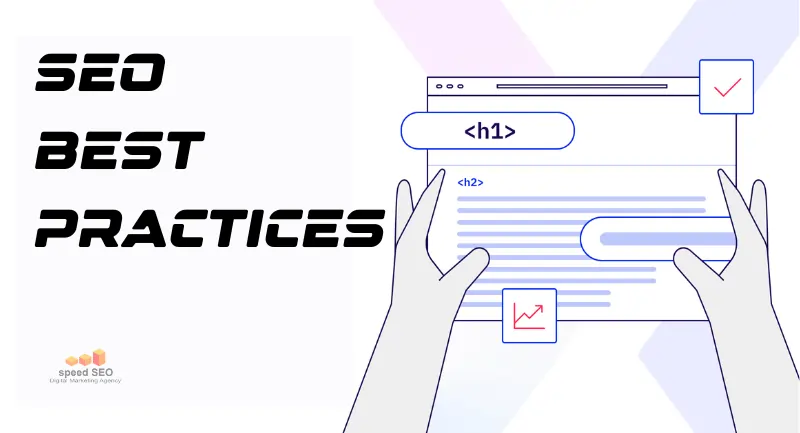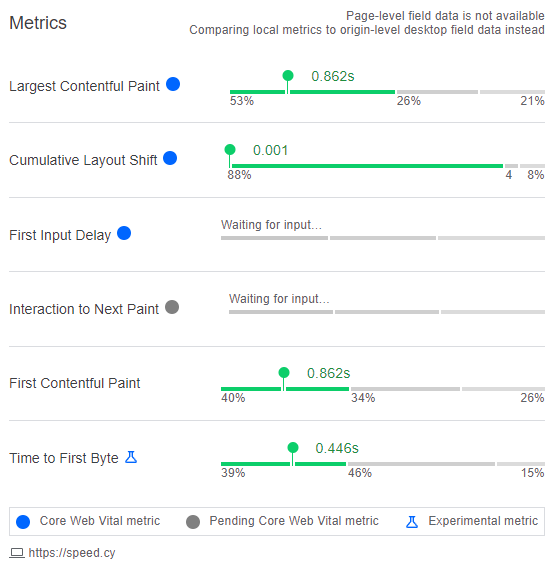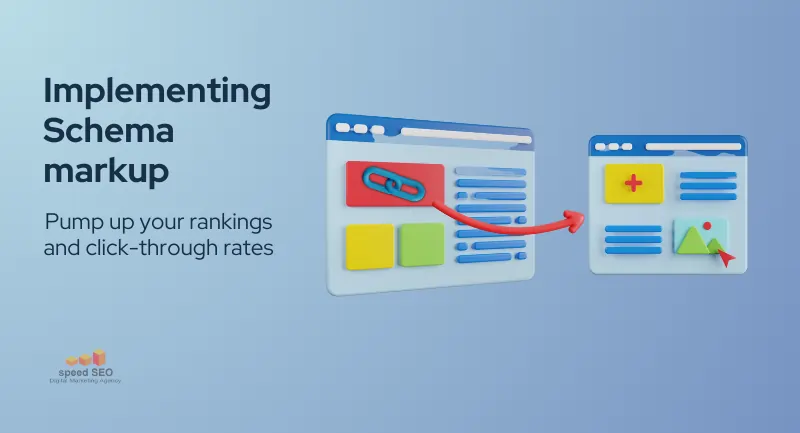SEO Coding: The Key to Unlocking Higher Rankings
Search engine optimization (SEO) is an ever-evolving practice, and with Google’s algorithms placing more emphasis on page speed and quality code, technical SEO skills are now indispensable. Ignoring your site’s underlying code can lead to poor organic visibility.
SEO coding refers to the practice of optimizing a website’s HTML, CSS, and JavaScript code to improve crawlability, indexation, and ranking performance. While keyword research and link building used to be enough, today’s competitive landscape requires expertise in programming efficient, semantically rich pages.

According to Moz, over 75% of SEOs say optimising for core web vitals is now one of their top priorities.
Tangible Benefits of SEO Coding
Implementing SEO coding best practices can yield tangible benefits for your website. By improving page speed metrics like Time to Interactive and Largest Contentful Paint, you can reduce bounce rates by up to 30% – a Google study found bounce rates increased by 32% as page load times went from one to three seconds.
Structured data and clean code also lead to better indexing and eligibility for Google’s rich snippet features. In fact, pages with structured data are almost twice as likely to rank in the top three search results, according to Tech Wyse.

To achieve these results, this comprehensive guide provides a roadmap to mastering SEO coding techniques. Follow our step-by-step instructions to optimize page speed by minimizing render-blocking resources, implement structured data to improverankings, and create a mobile-friendly responsive design.
With technical SEO skills, you can gain a competitive edge and earn more organic traffic. Over 50% of businesses say enhancing site speed and core web vitals has led to increased organic keywords and conversions.

Optimizing for Core Web Vitals: The Need for Speed
Delivering a fast, responsive website is crucial for user experience and search engine rankings. Focusing on Core Web Vitals – metrics that measure loading, interactivity, and visual stability – can unlock tangible SEO benefits and keep users engaged.
Optimize for Core Web Vitals
Core Web Vitals are Google’s set of performance metrics that measure a website’s user experience. Optimising these metrics is essential for any website aiming to rank well in 2023 and beyond.
In plain English, core web vitals measure how quickly your site loads and displays content to users. We’re talking super-fast speeds that keep visitors engaged. No one wants to stare at a spinning wheel while a site takes forever to load!
Google has made it crystal clear that page speed and user experience are frontrunners for ranking success. So, let’s break down exactly what core web vitals are all about and how you can optimise like a boss.
Largest Contentful Paint (LCP)

These vital tracks how soon the main content loads. We’re talking hero images, big blocks of text – the good stuff above the fold. LCP aims for under 2.5 seconds. A sluggish LCP over 4 seconds will definitely hurt your rankings.
Follow these tips to shorten LCP time:
- Compress those images! Shrink file sizes through lossless compression.
- Minify CSS and JavaScript files. Streamline code to eliminate extra spaces and characters.
- Use browser caching to store assets for faster page loads.
- Enable text compression and content delivery networks (CDNs).
First Input Delay (FID) (Deprecated)
Update: First Input Delay (FID) has been officially retired as a Core Web Vital metric. Here’s what you need to know:
Why FID Was Retired?
- Limited Scope: FID only measured the initial delay between a user interaction (like a click or tap) and the browser’s response. It didn’t capture the full responsiveness experience for users.
- Difficult to Optimize In Isolation: Improving FID often required addressing broader performance issues. Focusing on FID alone could have led to overlooking other important optimizations.
What Replaced FID?
- Interaction to Next Paint (INP): INP is a more comprehensive metric that measures the overall responsiveness of a web page to user interactions. It focuses on the duration of the longest interaction and how quickly the browser updates the UI in response.

Why This Change is Important?
The shift towards INP reflects the understanding that a good user experience depends on continuous responsiveness, not just an initial quick response. INP helps developers prioritize optimizations that have the most significant impact on how users experience their web pages.
How to Focus Your Efforts
To optimize your website’s responsiveness:
- Understand INP: Learn how INP is calculated and what factors influence it.
- Optimize for Interactions: Identify the most important user interactions on your site and concentrate on reducing the time it takes for your website to respond.
- Minimize Main Thread Work: Since user interactions and browser responses are tied to the main thread, focus on reducing main thread workload by:
- Breaking up long JavaScript tasks
- Using Web Workers for offloading work
- Optimizing third-party code
Tools to Help
- Chrome DevTools: Utilize the Performance panel for analyzing INP and identifying bottlenecks.
- WebPageTest: This tool can provide INP scores and detailed breakdowns.
- Lighthouse: This tool audits your website and provides performance insights, including INP.
Cumulative Layout Shift (CLS)
Ever see page elements like images or buttons pop around as a page loads? That’s layout shift, and it creates a jarring user experience. Keep CLS under 0.1 seconds.
What is Cumulative Layout Shift (CLS)?
- Definition: CLS is a Core Web Vital metric that measures the visual stability of a web page as it loads. It focuses on frustrating, unexpected shifts in page elements while users are trying to interact with the content.
- Importance: High CLS scores indicate a poor user experience. Imagine trying to click a button, and as you’re about to press it, an image loads above, pushing the button down, and you accidentally click something else. These jarring layout shifts are exactly what CLS aims to quantify.

How is CLS Calculated?
CLS is a bit complex, but here’s the basic idea:
- Layout Shifts: The browser detects whenever a visible element changes its position between frames.
- Impact Fraction: Measures how much of the screen was impacted by the shift. A large element moving slightly will have a smaller impact than a small element moving a lot.
- Distance Fraction: Measures how far the element moved relative to the viewport size. A longer movement indicates a more disruptive shift.
- CLS Score: The largest burst of layout shifts within a session window (a series of shifts in quick succession) is your CLS score. It’s a unitless number where lower is better.
What Causes CLS?
- Images without dimensions: If you don’t specify width and height attributes, the browser doesn’t know how much space to reserve, leading to shifts when images load.
- Dynamically injected content: Content added later (ads, pop-ups) can push existing elements around.
- Web fonts causing FOUT/FOIT: Swapping between system fonts and custom web fonts can cause text to resize and shift.
- Animations without careful planning: Animations, if not implemented thoughtfully, can lead to unexpected layout changes.
What’s a Good CLS Score?
- Good: 0.1 or below
- Needs Improvement: 0.1 to 0.25
- Poor: Above 0.25
How to Improve Your CLS Score
- Always specify image dimensions: Give the browser a hint about image sizes using
widthandheightattributes. - Reserve space for ads and other dynamic content: Pre-allocate space using CSS or placeholders to avoid shifts.
- Choose web fonts wisely: Minimize layout shifts due to font changes by using font-display strategies or preloading fonts.
- Use CSS transforms for animations: When possible, use
transformfor animations as they are less likely to cause layout reflows compared to properties like height and width changes.
Wanted to understand Core Web Vitals? There you have it!
With this cheat sheet, you’re primed to achieve lightning-fast core web vitals and keep your visitors happy. Need a hand getting these technical optimizations implemented? Our expert SEO coding team has you covered there too. Let’s talk!
Implementing SEO Coding you Will Pump Up Your Pages with Structured Data

Ever wonder how some sites get those snazzy little side panels called “rich snippets” in the search results? The answer is structured data, baby!
Adding structured data marks up your pages in a way that search engines absolutely love. It’s like giving Google extra hints by attaching schema markup to identify people, organizations, events, products, and reviews.
Implementing schema, the right way can pump up your rankings and click-through rates.
Become a structured data expert by following these steps:
Step 1: Select the Appropriate Schema Language: British English
With so many schema types to choose from, it can get confusing. Start by identifying the most useful schema for each page. Article schema for blog posts, local business for contact pages, product schema for ecommerce items, and so on.
Step 2: Include Schema Markup.
Next, neatly add the JSON-LD or microdata markup to define each element. For local businesses, be sure to include the business name, address, phone number, price range, and opening hours.
Step 3: Validate Your Schema Implementation
Use Google’s Structured Data Testing Tool to validate your work. Make sure those rich results are ready to show up in the SERPs!
Step 4: Correct Possible Schema Errors.
This tool also catches errors in your schema. Common goofs include incorrect data types or missing required fields. Fix those bugs to avoid any Structured Data Penalties.
👉 Ongoing Optimization
Get in the habit of adding schema to new pages and updating existing markup. Squeeze the maximum benefits out of structured data.
Organizing Your Pages for Structure and Coherence
Structured data not only improves search appearance, but also helps Google understand your content. By tagging page elements, you make your site more crawlable. The result? More traffic driven to the right pages.
Our schema wizards can implement perfectly optimized structured data across your site. Get ready to impress on the SERPs!
Creating for Every Device: User-Friendly and Fantastic on Mobile

Let’s get real for a sec – most websites don’t look so hot on mobile devices. Tiny tap targets, wonky text formatting, and clunky navigation have plagued mobile users for too long!
With over 60% of search traffic coming from smartphones, mobile optimization is mission critical. If your site isn’t mobile-friendly, Google will pulverize your rankings faster than you can say “hamburger menu”.
Creating a seamless experience across devices isn’t so scary though. Just follow these tips:
- Responsive Web Above The Fold
A responsive design uses CSS media queries to adapt layouts based on screen size. As you resize the browser, elements should rearrange smoothly. No more pinching and scrolling to read text! - Be cautious of your widths
Keep line lengths in the 50-75 character sweet spot. Any narrower and users have to work to read. Wider means awkward text wrapping. - Hit Those Bullseyes
Fingers need ample space to tap links and buttons. Crank up element sizes so that tap targets are at least 48 CSS pixels. - Prioritize Content
Lead with the most important info and navigation links at the top. Nobody wants to endlessly scroll to find basics like contact info. - Test Like Crazy
Check the responsive design on multiple devices. Debug any layout quirks or small-screen mishaps. - Mobile Magic
Optimizing for mobile doesn’t have to give you a headache. With these fundamentals, you’ll give users an excellent experience on any device. Our team of UX all-stars can also help craft a slick mobile-friendly website. Let’s talk!
Revamp Your Website Architecture for Neatness
Your site’s architecture is more than just a sitemap – it’s the behind-the-scenes blueprint that makes or breaks user experience.
Like any good home, a website needs a solid foundation and layout to function. When the underlying structure is messy, pages become frustrating to navigate.
Let’s explore some renovation tips to create a seamless site architecture:
- The Floor Plan
A clear URL structure should guide visitors to content in an intuitive flow. Organize pages by category, like: example.com/services/web-development example.com/about-us/team - Interior Decorating
Navigation menus are the doors guiding users between pages. Keep main menus consistent across pages in placement and style. - Don’t Get Lost
Breadcrumb trails provide navigation cues so visitors can retrace their steps. They look like: Home / Services / Web Development - Renovate Rooms
Replace generic URLs like “page2.html” with descriptive, keyword-rich URLs.
example.com/services/ecommerce-web-design - Curb Appeal
Is your XML sitemap up to date? This file helps search engines index new pages. - Prevent Duplication
Redirect or update duplicate content to avoid search indexing issues.
With the right site architecture, you won’t get lost in a maze of disjointed, irrelevant pages. Let our experts provide a blueprint tuned for higher-converting site exploration!
Search Engine Optimization through Efficient Coding
Let’s wrap up our SEO coding tour with some best practices for writing efficient, optimized code. Sure, fancy frameworks like React or Vue can build slick sites. But they can also bloat your code with unnecessary stuff that drags down performance.
Follow these tips for clean, lean code:
- Cut the Calories
Get rid of unused libraries, redundant plugins, and overweight code frameworks. Use a minimalist approach instead. - Easy to Digest
Well-formatted code with descriptive comments helps future developers modify it without headaches. - Go Green
Minify JavaScript, CSS, HTML, and images to reduce file size. Turn on compression for faster transfer speeds too. - Validator Stamp of Approval
Run code through validation tools like W3C’s for optimal HTML, CSS, etc. Fix errors and warnings! - Function Over Form
Pick fast-loading, lightweight fonts and images tailored to your needs. Don’t overload on resource-hogging elements. - Apply the Marie Kondo method to your code.
If code isn’t used, delete it! Remove outdated or redundant scripts and assets for a clean foundation.
A healthy codebase makes for better user experience and organic performance. Our optimization team knows all the tricks to make your site code shine! Let’s connect.
Optimizing SEO Code: Adding the Finishing Touches for Success
Let’s recap the awesome SEO coding skills we’ve built together:
- Optimized core web vitals for lightning page speeds
- Implemented structured data for enhanced search appears
- Created a slick mobile-friendly responsive design
- Organized site architecture for intuitive navigation
- Wrote clean, efficient HTML, CSS, and JavaScript
With these technical SEO fundamentals mastered, you’re ready to climb the rankings!
But don’t just set it and forget it. Stay on top of new best practices as Google’s algorithms evolve:
- Monitor your site’s core web vitals regularly.
- Keep structured data, sitemaps, and URLs updated.
- Continually improve page speed as new optimization tricks emerge.
- Watch for Google algorithm updates and adjust technical factors accordingly.
- Learn something new! Read SEO blogs and attend web development conferences.
Thriving in competitive search landscape requires mastering both technical SEO and content creation. But robust coding sets the foundation.
Now get out there, inspect some code, and start building a faster, more search-friendly website! Our team of SEO nerds is always here to answer questions or help implement these optimizations. Reach out anytime!





